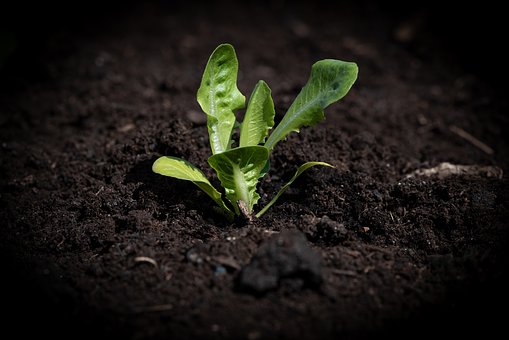
Are you interested in gardening or thinking of starting a small one in your backyard but have no clue where to start? We’ve put together this guide to help novice gardeners know how to plan and grow tasty, organic vegetables.
Vegetable Gardening for Beginners
Before you discover how to grow tasty vegetables, you need to be sure about why you want to garden. If you have eaten veggies freshly sourced from the garden, you definitely noted the distinct sweet and juicy flavors. You also may have noticed the vibrant color and texture that the vegetables have; which other foods can be that!
Now, then of the joy of having a ready supply of fresh veggies growing in your yard. That is why people love gardening.
In this guide, we wish to highlight how you can identify the right site for the garden, to create the appropriate size, and how to select the vegetables to cultivate that small piece of land.
1. Picking the Right Location
Identifying the ideal spot for setting up your vegetable garden is vital. Picking the wrong location can result in sub-par vegetables. Below are a few tips to help you figure out the best site for your veggie garden.
• The area you pick should have plenty of sunlight since vegetables require at least six hours of direct sunlight daily. The sun is the source of all the goodness that you will enjoy is your vegetables; their size, color, texture, and taste.
• The site should have good soil that is soft for the roots to penetrate. It also should be fertile soil, which you can enhance using compost manure.
• Ensure there is proper drainage so that water does not collect or drain away too fast.
• The surrounding environment should be stable to facilitate the growth of healthy plants. It should not be a location prone to floods, strong winds, or dries out a lot. Most importantly, it should be in an area where there are plenty of natural pollinators.
2. Choosing A Plot Size – Start Small
Why go for a big garden that will frustrate you while you can start with a small one that will be your pride and joy whenever you step into your yard? Do not be quick to take a bite-size you cannot swallow. Take the time to plan your garden. The smart approach is to start small as you learn the ropes and get the hang of things. Create a plot that is 16×10 feet and opt to plant crops that grow with ease. You also may consider the harvest size you want based on your family’s food needs for a season.
When prepping the site, around 11 rows along the width and have each 10 feet long. Check the direction of the sun so that the rows run north and south maximizing the direct sunlight. You can make the rows shorter if the garden is too large to suit your needs. As for what to plant, consider planting crops that yield more than one harvest per season. The options for this include spinach, kales, carrots, kohlrabi, turnips, beets, rutabagas, and capsicum.

3. Growing the Best Vegetables
Once you have picked the right spot and know which vegetables you want to grow, your focus should then shift to figuring out how to facilitate their growth as best as possible. Below are a few tips that can be helpful.
• Space your crops properly: If the plants are set very close to each other, they will compete for water, nutrition, and sunlight. The result of this is a strained maturity. Ensure that you adequately space them so that they do not overshadow or compete with each other. You can read the spacing guidance on the seed packets to figure out the distance to have between each plant.
• Use high-quality seeds: Your heart will be broken if the seedlings died soon after breaking from the ground. Buying individual seedlings is far costly than purchasing seed packets. However, your time, money, and efforts will be a waste if you sow seeds that will not germinate. Know when to sow so that you can get high yields during the set harvest time.
• Plant and harvest the right time: As mentioned, do not sow too late or too early. Understand the timings for planning every vegetable. Check the details on the seed packet to know the planting dates.
• Irrigate your garden: When watering your vegetables, do not do it too much or too little. Balance it and you will give them the best chance to grow and have healthy produce.